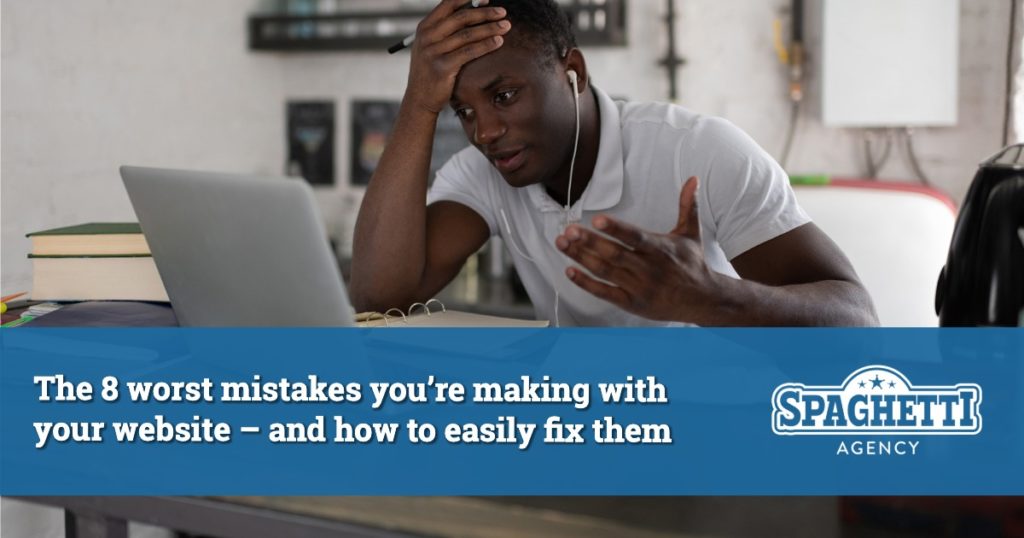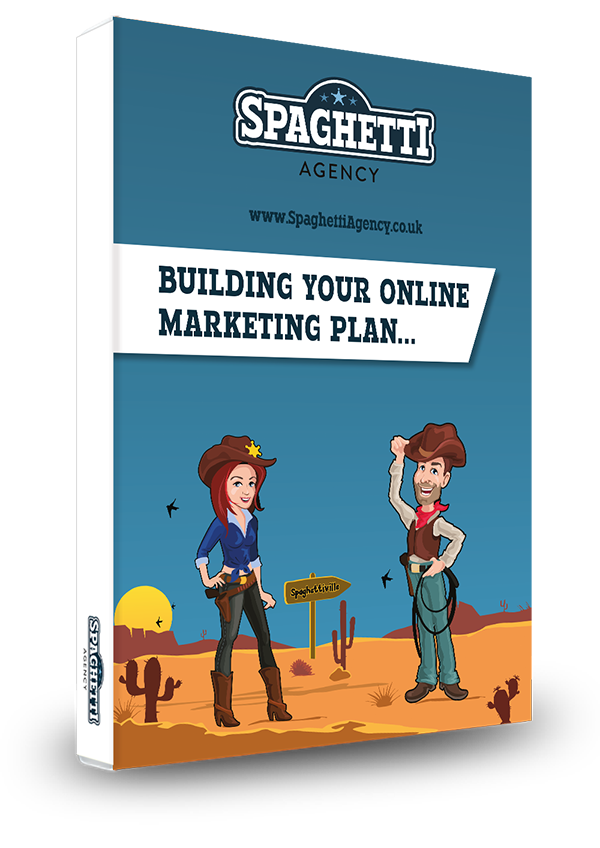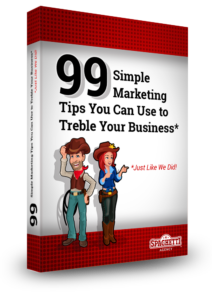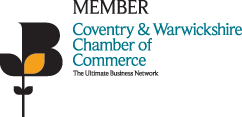Friday Digital Roundup
The Friday Digital Roundup is a witty take on the weird world of the internet. With fun stories from around the globe, it’s the only email newsletter you’ll actually read and enjoy!
We do love writing it, but clearly not as much as people like receiving it - just look at the response we got when a technical hitch meant it wasn’t sent out on time!
@Spaghetti_Jo
Coffee and the FDR is how I start my Friday.
Do not engage until I have devoured both
When it comes to the end of the week, there is no better way to start a Friday than with a run around the internet with Todd and Jo in the FDR. Just don't let them know I do it from the loo!
@Spaghetti_Jo
My inbox is full of rubbish newsletters that Im constantly deleting😬 My VIP inbox is for 1 thing only- THE DIGITAL ROUNDUP🤠I dont read a Newspaper or the news online, I just wait for Fridays, when this lands in my inbox- then I know ‘The weekend has landed’🤗
Get the Friday Digital Roundup and see what everyone’s talking about.
We may look like cowboys, but we’ll never abuse your data! Find out what we’ll do with it here, partner.
Spaghetti Blog
The 8 Worst Mistakes You’re Making with Your Website – And How to Easily Fix Them
A couple of weeks ago I gave a talk at the Midlands Coaching Conference, called Creating Online Content For Coaches. It was well-received, with people learning lots of new information about how to write for their websites, social media posts, and email marketing, and I thoroughly enjoyed it.
Generally speaking, coaches are generally great listeners and take feedback in the positive spirit in which it’s intended, having been trained to do so. At the end of my talk I offered some of the attendees a free 15 minute phone call with me to offer some bespoke help with their content.
Last week I took the calls and gave as much value as I could – pointing out the issues that I felt could be improved on, and explaining my reasoning behind these opinions. Clearly, all guidance was based on my own experience and callers were free to choose to implement or completely ignore me – either option would be fine with me.
What became apparent after the second and third calls is that many of the ‘mistakes’ people made were common. So, I decided to jot them down here, and share them with you, so you can see whether you’re making them too, and fix them if you’d like to.
So, let’s investigate what’s stopping you from turning more of your website visitors into paying customers…

The 8 Worst Mistakes You’re Making with Your Website – And How to Easily Fix Them
-
Information overload or complicated, confusing design
Many of the coaches I spoke to went into a lot of detail about who they are, how they work, and what package options are available. I personally feel that the financial investment would be better as part of a sales conversation on the phone or Zoom, rather than listed on a page, but that’s up to you. Like it or not, readers will judge us by our pricing and if we haven’t been able to explain the VALUE behind our products/services, or explain how we can help them solve their PAIN POINT(S) they won’t have a compelling reason to buy.
My advice? Keep it simple!
In my Creating Powerful Content course, I recommend that people use short words, short sentences, and short paragraphs wherever possible. This isn’t because we think our readers are thick! We just need to make it easy for them. Asking them to decipher complicated text or jargon will just put them off – especially in this time-poor world where many of us simply skim read online. We need to give people what they want and make it clear what they should do.
-
Making it all about you
When your website readers visit your website, they don’t care when your company was founded or any of the features of your products. In fact, they don’t really care about you at all at this point. They want to know how you can help them.
My advice? Don’t wee on your copy
Be visitor-centric. Move your language from ‘we do this’ to making it all about THEM, so they know that they’re your priority. Use language that your reader understands and can relate to. Research your ideal client and write with them in mind. Make your writing as simple as possible. Don’t focus on the features of how things work, but remember what’s meaningful and important for your clients – which is how you solve their pain or make their lives better.
-
So many stock images
Most of the coaches I spoke to used stock images on their websites. Just a few days later I can’t remember any of the images because none of them stood out – they weren’t memorable. The coaches who used photos of themselves on their sites seemed way more approachable, friendly, and open. If I were choosing a coach, I’d definitely want to see what they looked like before trusting them with the inner workings of my brain!
My advice? Find a quality photographer
Make the investment in some decent photos because you can use them on your website and social media for a long time to come. If you need more, there are some higher quality stock photo sites with beautiful imagery, but let’s avoid shaking hand businessmen in dark suits, shall we?
-
Out of date or inconsistent testimonials
It’s so easy to pop your first few testimonials on your website, and never re-visit them again. If you do remember to add new ones, you might end up using different typefaces or font sizes. Some testimonials may be in italics with quotation marks, and some may have initials, and some may have full names. Sometimes people put testimonials on a page of their own, but who’s really going to head there? Testimonials that are bland and non-descriptive will be skimmed over and won’t capture the attention of your potential clients.
My advice? Get organised, and ask more often!
Get a system in place to make it easy to ask for testimonials. I have an email template so at the click of a button I can use a list of quick questions to ask people after we’ve worked with them. Make it easy for people and they’ll be more likely to do it – so always send links to your Google reviews or Facebook reviews if you want someone to write one. And yes, it’s OK to write the testimonial on their behalf and ask them to edit it or approve it. You can tell the story of what you did, including the outcomes and successes, and just get them to sign it off. Keep all your testimonials in one place so you can find them when you need to.
-
Not blogging – or calling the blog something unexpected
Time pressures and more urgent tasks often mean that writing blogs sits somewhere at the bottom of your To Do list underneath your tax returns and cleaning out the fridge. But blogging is hugely important for your marketing, not only for your Search Engine Optimisation but so you can help your email subscribers or social media followers, and position yourself as an expert.
My advice? Prioritise your content creation.
Have you tried time blocking? Decide to write your blog once a week or month on a Wednesday at 11am, for example, then put it in your calendar and that’s fixed. If your blog is called ‘Thoughts’ or ‘articles’ or, god forbid, ‘news’, then you may be putting people off from clicking. Taking news as an example, you’ll need to consider why people would want to read your news. They wouldn’t. They care about you only in the context of what you can do for them. So, make the blog something useful, helpful, entertaining, or informative, and you’re halfway there. Your blogs are your opportunity to show people who you are and what you stand for, so make sure you’re sharing them on social media as much as you can. Organise your blogs in reverse chronological order, or at least make them searchable. Clean and simple layouts are best.
-
Website inconsistencies
Other website inconsistencies include:
- Referring to yourself as ‘I’ on one page, ‘we’ on another, and ‘him/her’ on another – Make a decision and stick to it. If you’re the only one in your business, don’t try and fool anyone.
- Unexpected layouts – People often go to websites to get your contact details. Put them at the top right of the navigation menu so you’re not making the visitor hunt around. Use easy to read typefaces, and make sure your readers don’t have to squint to read your copy. They won’t bother.
- Not being clear on your homepage – You don’t have much time to grab your reader’s attention when they land on your homepage. They need to know they’re in the right place, and that you understand their pain point and can help them solve it. Think about a few clear messages and it’ll be easier for readers to understand how you can make their lives better.
- Broken links – Check your links and make sure your social media buttons link to the right pages. Update or redirect your broken links regularly.
- Poor readability – Make sure you’ve left plenty of white space and that you’ve used a typeface that’s easy to read. No bright colours on top of other bright colours, please. Keep it simple.
- No Ts and Cs or Privacy Policy – These aren’t just for large businesses – you need these documents and they need to be checked to ensure they’re compliant. Ask a professional for help if you need it.
-
Complicated or demanding Call To Action
Many of the coaches I spoke to were trying to invite the reader to book a session directly, without offering a chemistry call first. This is the equivalent of asking someone to sleep with you on the first date. It might happen, but both parties need to be on board from the outset, and usually both sides prefer to get to know each other a little bit first.
My advice? Be specific and clear.
Your Call To Action can be anything, including signing up for your email list, downloading a piece of content, or contacting you. Instead of making people guess what you want them to do, just tell them. But because of the way choice paralysis works, people faced with too many choices won’t make any decision. So, keep it simple and offer one or two options. If they’ve made it to your contact page you have a huge opportunity to sell. Make sure your visitors can find the information they need, and they know what they should do next.
-
Using a weak tone of voice
People will only believe in you and your business as much as you believe in yourself, so that needs to come across in your copy! If you’re wishy-washy or use the passive voice too much, you’ll be seen as a bit ‘meh’ and that won’t inspire people to buy from you. If you lack confidence your readers may doubt whether you know what you’re doing.
My advice: Be friendly and confident.
When you understand your audience and your site’s purpose, the tone of voice is easier to define. At Spaghetti Agency our tone of voice is playful, friendly, and open. We use straightforward language without being patronising. We’re enthusiastic and upbeat, which is a reflection of our collective personalities. The main thing is that we try to be consistent across all our platforms, so we don’t confuse our audience. Be clear about what makes your offerings worth their money, your readers will be hooked.
Avoiding these mistakes in your website content can significantly improve your reader’s experience. When readers have an easier time digesting your content, and you make them feel like you’re speaking their language and you understand them, they’re more likely to become a lead and then buy from you.
Tags associated with this article
Post a comment
We'd love to know what you think - please leave a comment!






0 comments on this article